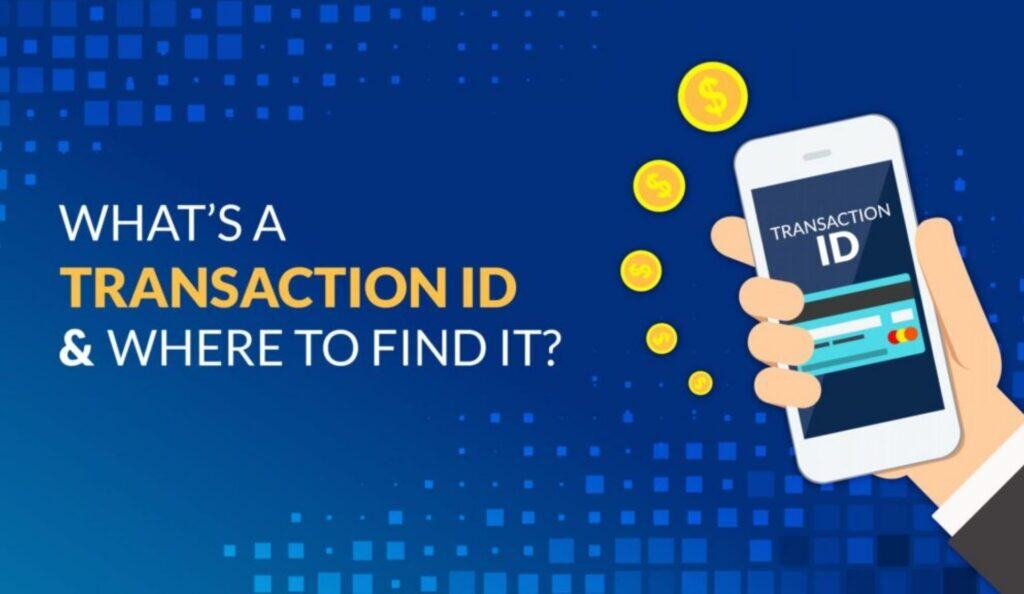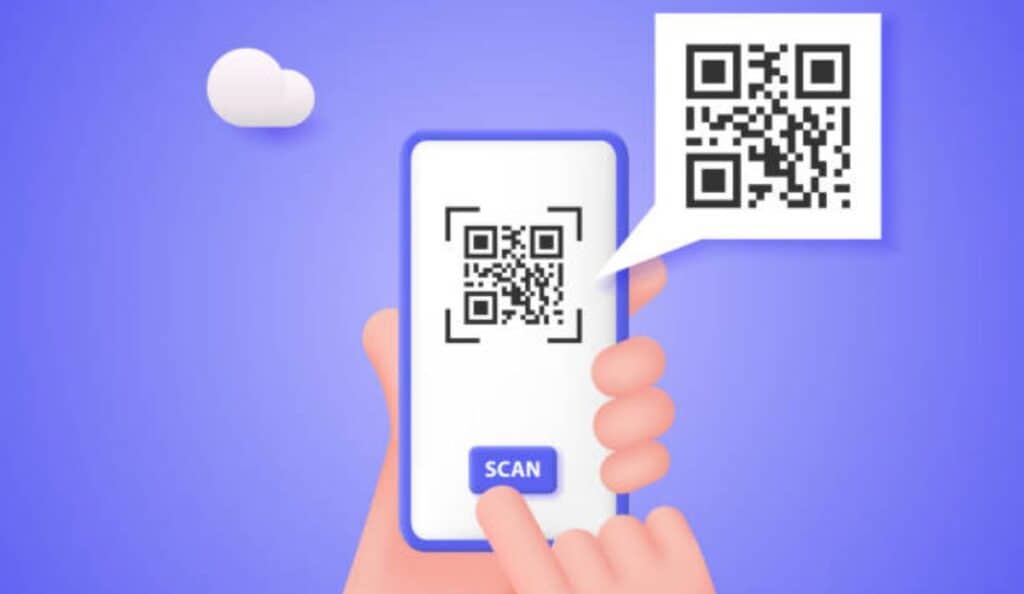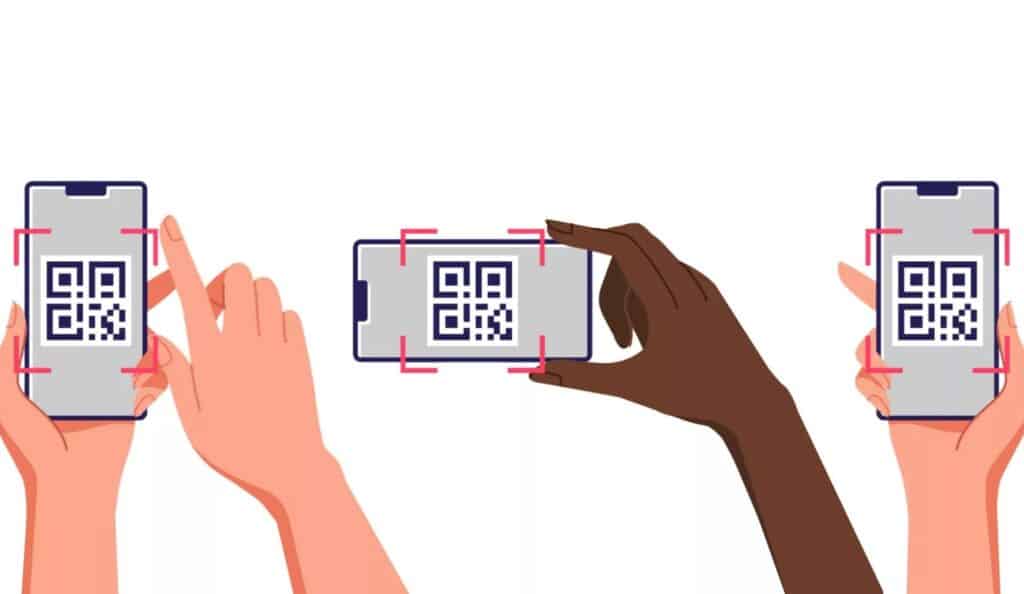
By Shelly Graves March 28, 2025
With the progression of the digital world, monitoring transaction IDs is essential. A unique alphanumeric code is issued for each sale, which merchants and customers can then use to identify and track sales. Transaction IDs in Bitcoin help prevent fraud by streamlining accounting, Transaction IDs can be given to the payment processor and can be used on the acceptance of payments.
Transaction IDs are usually sent to customers via confirmation emails or printed receipts as a secure reference number. In a world of fast-paced digital transactions, we need to be able to track all these IDs to ensure we have transactions that are clean and free from fraud.
What is Transaction ID?

A transaction ID is a unique sequence of letters and numbers that is generated when a customer makes an electronic payment to a merchant. These numbers are assigned to each transaction to get recorded. The transaction ID usually shows up on receipts or invoices, as well as other information including the chargeback merchant name, billing address, transaction date and time, and order number.
Don’t confuse transaction IDs with purchase orders or payment IDs both of which are private to the business making a sale and will not be found on a customer’s invoice.
A unique identifier is assigned to the transaction which can help track and log each transaction that occurs on a website/application. Now when a customer buys something, the business uses a unique transaction ID for that sale. This allows you to track and analyze individual transactions with great ease, providing insights into customer behavior and purchasing habits.
Transaction IDs are an important part of financial transactions and for the improvement of payment processing. They also facilitate transparency and accountability, simplify record-keeping, and provide a specific identifier for individual sales. Transaction IDs serve as evidence of purchase in e-commerce and also provide a path for tracking orders if the need arises to settle disputes.
Moreover, it also plays a part in making financial activities safe as well. They provide transparency and traceability, making it easier to identify and investigate any fraud or transactions that are unauthorized. Transaction IDs references point to resolve disputes and to prove that a sale has taken place. In that sense, these IDs are important digital tools that bring forth increased competency, security, and transparency, in financial transactions to the advantage of businesses along with customers.
Importance of Transaction IDs
Transaction IDs are important to businesses and customers. They assist in tracking payments, inventory, revenue, and accounting. For customers, IDs allow them to return items, verify purchase history, and address disputes. IDs also provide the ability to track and monitor each transaction, which helps to ensure accountability and transparency.
They’re important for dispute resolution, as they constitute proof of the transaction. Transaction IDs also assist in fraud prevention, explore trends, detect suspicious traffic, and set up flags to investigate flagged transactions.
To sum up, transaction IDs play a significant role in tracking, dispute resolution, fraud detection, accountability, financial management, and customer service. They simplify account reconciliation making this easy for huge organisations and institutions. Last but not least, IDs enhance customer support, allowing staff to deliver thoughtful and effective assistance when consumers run into issues or have queries.
What are They Used for?
For merchants, payment processors, cardholders, and banks, transaction IDs are very useful. They assist in tracking and locating transaction records. Merchants and banks alike can deploy them with security measures such as encryption, or the addition of extra steps for verification, in order to prevent payment fraud, track pending transactions, and monitor shipments.
Transaction IDs help solve disputes easily. Cardholders can add them to requests for refunds or chargebacks. This way, merchants and banks can spot, investigate, and reverse transactions more quickly and accurately.
Transaction IDs provide-
- payment status,
- transaction details,
- loyalty programs, and
- payment methods for each transaction.
Those IDs can help retailers analyze sales patterns, control inventory, and predict revenue. Unique IDs also ensure data integrity, prevent duplicate transactions, and create a paper trail to help merchants remain compliant.
Including transaction IDs allows merchants and banks to identify, investigate, and reverse transactions much faster and more accurately.
Some Examples of how Transaction IDs are Used
For Confirmation
These transaction numbers serve as evidence of a particular financial transaction, typically delivered to clients in the form of receipts or confirmation emails.
Helps in Tracking and Record Transactions
Transaction numbers are unique identifiers that help track and record individual transactions, allowing for easy retrieval of transaction-related information from databases or systems.
Helps in Customer Service and Troubleshoot Problems
Besides, the transaction number helps customer service agents troubleshoot problems, answer purchase-related questions, and help them with efficiently resolving complaints correcting billing discrepancies, or checking order status.
Helps in Balancing Accounts and Financial Reports
For organizations and financial institutions transaction numbers are important to balance the accounts and make financial reports, comparing the transaction number with corresponding records is used to ensure the accuracy and integrity of each record.
Helps in Detecting and Investigate Fraud
These numbers help detect and investigate fraud numbers because each suspicious transaction is associated with a different number, making it much easier to review.
Stored as evidence, for remarketing, customer service, reconciliation, fraud detection, etc., those are the building blocks of finance transaction management and tracking.
Implementing Transaction IDs
To track the transaction IDs, contact your e-commerce platform or payment service and request assistance in obtaining the necessary APIs and tools. When you are done with them, you can save beneficial information to enhance your marketing. Tracking transaction IDs enables you to identify customer actions, enabling you to customize offers, measure return on investment, and even detect fraud. It improves marketing and enhances customer satisfaction. It is a good time to bring this into your company if you have not already done it.
How to Find Transaction ID

On a Purchase
Transaction IDs or transaction numbers are numbers displayed on receipts, in emails, and on websites after purchases, returns, or exchanges are made. They are typically among the first numbers in a proof of purchase. Stores should print this number on receipts, email receipts, or list them on payment websites. Their service provider can assist in locating the transaction ID if necessary.
Bank Transaction
For a transaction made through the bank, look at the statement of your bank. It will contain reference numbers/identities for each transaction
Online Shopping Platforms
On platforms like eBay, Shopify, and Amazon, log into your account and navigate to the order history, where you should be able to see the order along with its ID.
Payment Gateways
Payment services developers such as Square or Stripe, show transaction IDs in confirmations or receipts of payments. In addition, they do have a section for your transaction history.
Invoices or Payments
If you are using an invoicing system such as Zoho, FreshBooks, or QuickBooks, Invoice, you can find the transaction ID in invoices or payment confirmations. So we need to get this ID for every transaction.
PayPal
PayPal transaction ID is a unique 17-character code used to identify a particular payment. Retailers can locate this number in their PayPal account by reviewing the Payment Quick Status report. To locate it, click on Campaigns, followed by List View, Events, Status, Sort By, “Reporting” and “Payment.” Then on the right click “Payment”, and each record should have a transaction ID. This is helpful to merchants to track their payments with more accuracy.
Bitcoin
Follow these steps to find your Bitcoin Transaction ID: Open up your Bitcoin wallet. Select your BCH, BTC, or ETH wallet Examine all of your transactions. Identify and select the specific transaction you want to check. Click view on Block Explorer or Share Transaction Your transaction ID will be displayed.
Cryptocurrency
By opening your crypto wallet on Bitcoin, then secondly by choosing your BCH, BTC, or ETH wallet based on the transaction you need, and after that you will see all your transactions, following that click on the transaction you want and subsequently, click “View on Block Explorer” or “Share Transaction.” Lastly, you will then see your cryptocurrency transaction ID.
Google Wallet
Google Wallet transaction ID is a unique code that is used to track purchases and provide proof of payment. You typically see it in an email confirmation, or on the page that comes up after you’ve made a purchase. Stores should also maintain records containing this information. You can find the transaction ID on the confirmation page.
Each transaction ID is unique and this helps track and identify transactions across platforms. They assist in keeping records straight, solving problems, and ensuring clear financial activities. If you are unable to locate the transaction ID, contact customer service and ask for assistance. For payments using PayPal, cryptocurrency, Google Wallet, e-commerce, bank entries, payment processing and invoicing systems, where to find transaction ID can be useful
Their Benefits and How Can They Improve Payment Process

Tracking Transaction, Resolving Disputes, and Monitoring Fraud
A transaction ID is a unique series of characters that assist in tracking transactions, ensuring it is recorded accurately and can be retrieved in the future. It is essential for resolving disputes and monitoring for fraud because it can help uncover any suspicious behavior quickly.
Accuracy of Report
Having a unique ID for each transaction makes finance and audit management more manageable in terms of explaining reports and accuracy. In online shopping, they assist customers in tracking their orders and updating them on deliveries, leading to a more enjoyable shopping experience.
They simplify the task of ensuring that transactions are matched, such as invoices and payments, and aid in maintaining accurate bank accounts. This avoids errors and also saves time.
Helps in Customer Support
Having transaction IDs also helps customer support teams to support customers more effectively when they have transaction-related questions, which enables faster resolution of problems and happier clients.
Analysing Data
Additionally, these IDs are also useful data for a company to have in order to learn about customer habits and market trends. It can also use this information to tailor marketing efforts and include business improvements. Transaction IDs enhance transparency, security, and efficiency across multiple domains.
Customer Insight that Improves Personalization
This ID is used by businesses to track transactions with customers to gather information on purchasing habits and preferences. This allows them to develop tailored marketing and shopping experiences.
ROI Measurement
This will also leverage transaction IDs, which will measure success, so businesses can see what campaigns bring in the most revenue and how to adjust.
Transaction IDs and their Role in Fraud Prevention
To prevent fraud, as well as provide security and a way to verify the specifics of each transaction, transaction IDs are important. They are unique numbers assigned for each sale, and they help verify that the transaction is genuine.
By matching the ID with the right information, businesses and banks can check the validity of the transaction. Transaction IDs also assist with finance checks, enabling businesses to track their transactions and identify anything suspicious that could be a sign of fraud. The best way to find fraud quickly is through routine checks.
They also are useful for systems that screen for suspicious transactions. Uses of Transaction IDIn order to adhere to rules and to maintain a record of money transfer transactions, transaction IDs are very beneficial for businesses.
Moreover, they also provide security because only permitted users can initiate or see transactions. The use of transaction IDs in audits, monitoring, and security brings organizations closer to halting and catching fraud.
Transaction IDs in Chargeback Management
POS systems help stores to become more accurate and also help prevent issues. Where chargebacks do occur, transaction IDs may provide details of information such as what was purchased, shipping information, confirmation emails, payment amount, and date. This gives stores the information to create responses that are well-crafted but also. Transaction ID data can also be used to help troubleshoot customer issues or provide refunds if necessary before they escalate, preventing chargebacks. So while transaction IDs can’t prevent chargebacks or unauthorized purchases, they can be used to investigate issues, issue refunds, and dispute chargeback claims.
Conclusion
Transaction IDs are important for keeping financial transactions safe, clear, and efficient. They give each sale a unique number, which helps businesses and customers track payments, solve problems, and spot fraud.
These IDs make it easier to keep records, check finances, and improve customer service by providing a clear reference for checking transactions. Whether in online shopping, banking, cryptocurrency, or payment systems, transaction IDs are essential tools that build trust and responsibility in money dealings.
